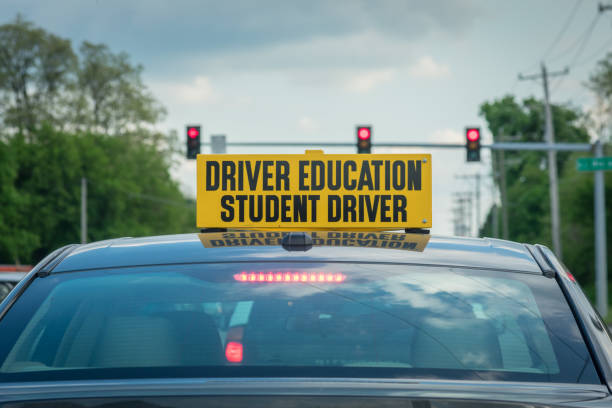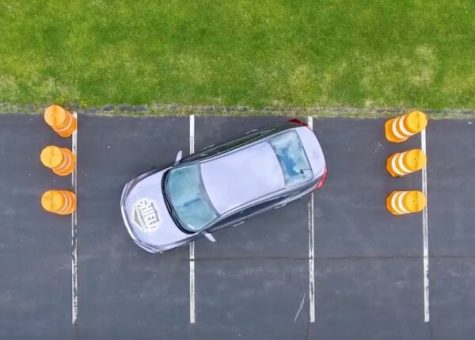Protect Our Teens and Make The NJ Drivers Test Harder
Safety of every NJ driver and passenger should be the number one priority of testing sites across the state.
Have you ever witnessed an accident in the parking lot? Because of the commonality of car crashes, police are often stationed at the exits.
Representing only 6% of New Jersey drivers, teens account for 13% of all car crashes. With 12 months of preparation, how is this rate possible? To protect teenage drivers in New Jersey, the road test must be made more difficult.
Compared to other states, New Jersey has some of the strictest driving laws. The ages to acquire your permit and license are between six months and one year later than other regions in the United States: you must be 16 to get your permit and 17 to get your license.
Before getting their permits, aspiring drivers must complete a lengthy training process. Taking a driver’s education course is required for every 16 year old hoping to get their permit. Following this course, students must earn an 80% or higher on the written test and pass a vision test.
New Jersey teens also must complete six hours behind the wheel with a certified driving instructor.
Not only is acquiring your permit in NJ difficult, but the rules of the road are excessively strict when it comes to young drivers. Teens cannot drive between the times of 11:01 PM and 5 AM. They are prohibited from driving alone with their permit. Drivers must be accompanied by a passenger who meets the following requirements: parent or guardian; over 21; NJ driver for more than four years.
If there is so much preparation for your license, how is the accident rate for teens so high?
The main factor contributing to adolescent accidents is the length of the road test: only a small portion of the redundant is on the road. The remainder of the test is spent parallel parking and completing K-turns.
Certain road test locations in New Jersey have a reputation of making their road tests easier to pass. As a result of this, many drivers—who are not qualified to drive on the roads— pass the road test. “I took my test in Salem, NJ,” says one Eastern driver. “That’s why they call it ‘Salem don’t fail ‘em.’”
There are multiple testing sites, so it will depend where you go, but each test ranges from 5-10 minutes. How does such minimal time on the road demonstrate a qualified driver?
Teen drivers are merely thrown onto the highway without any confirmation they understand the rules of the road. If the road test was longer and more difficult, instructors could ensure the safety of all drivers.
A harder road test improves overall vehicle safety. For example, Washington D.C. is ranked the hardest state to acquire your license. Consequently, D.C. has the least amount of car accidents per number of licensed drivers when compared to all 50 U.S. states.
Safety of every NJ driver and passenger should be the number one priority of testing sites across the state.











